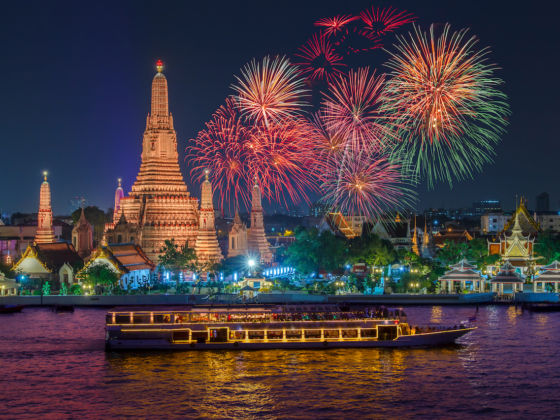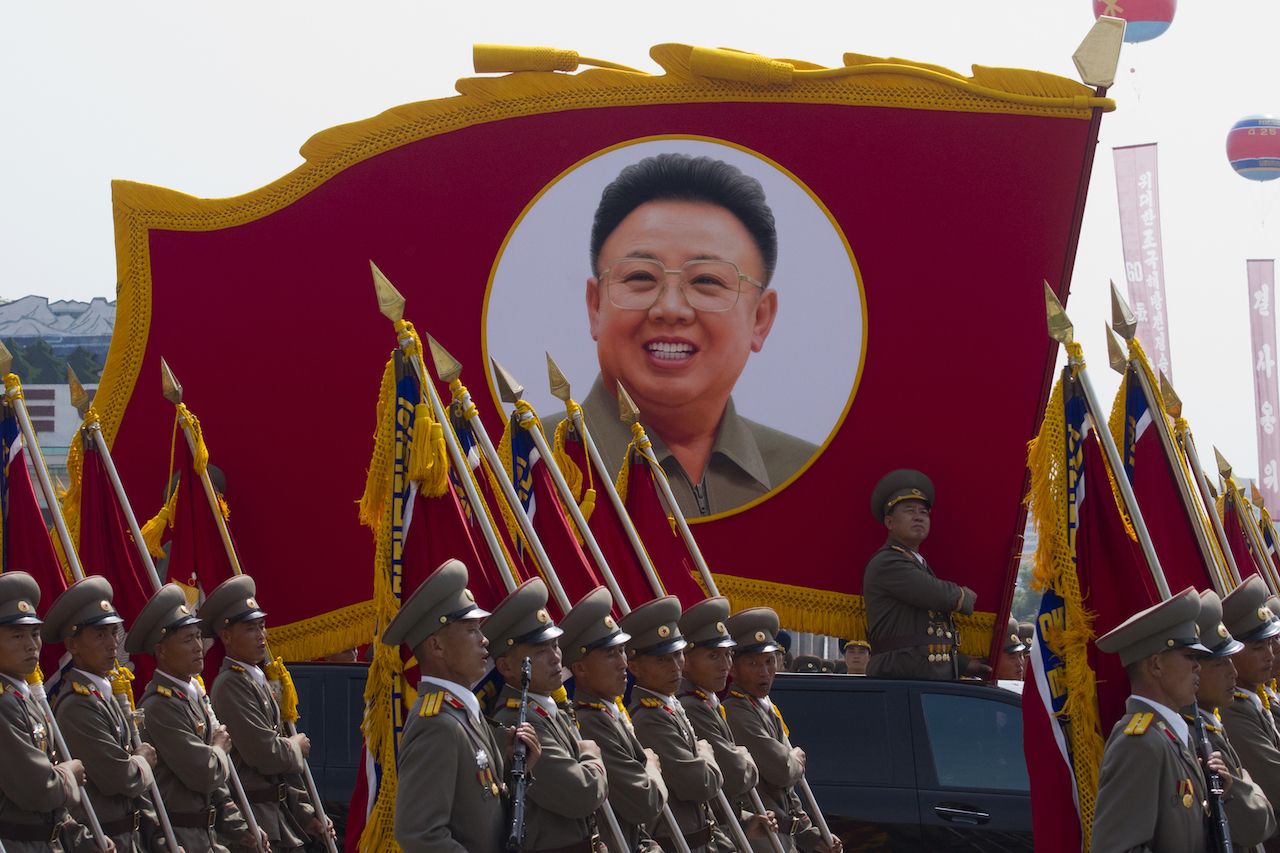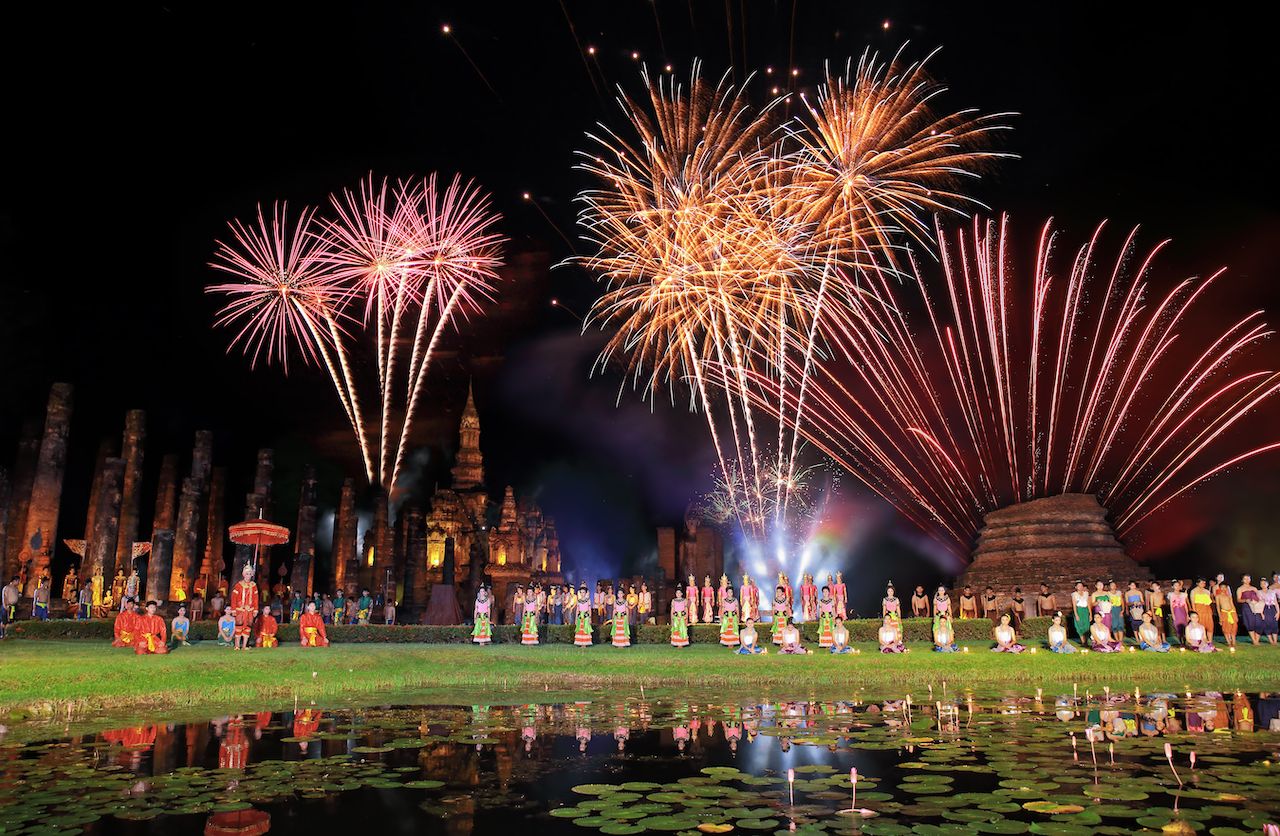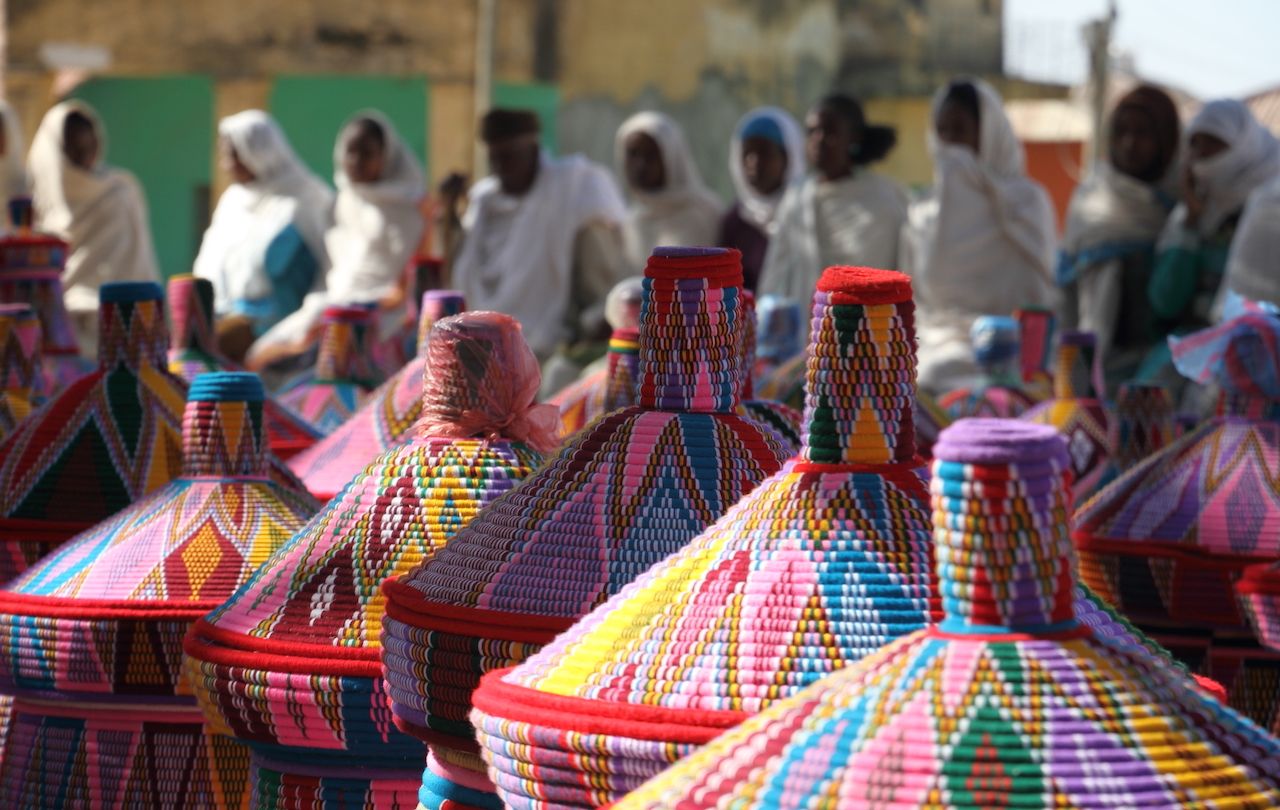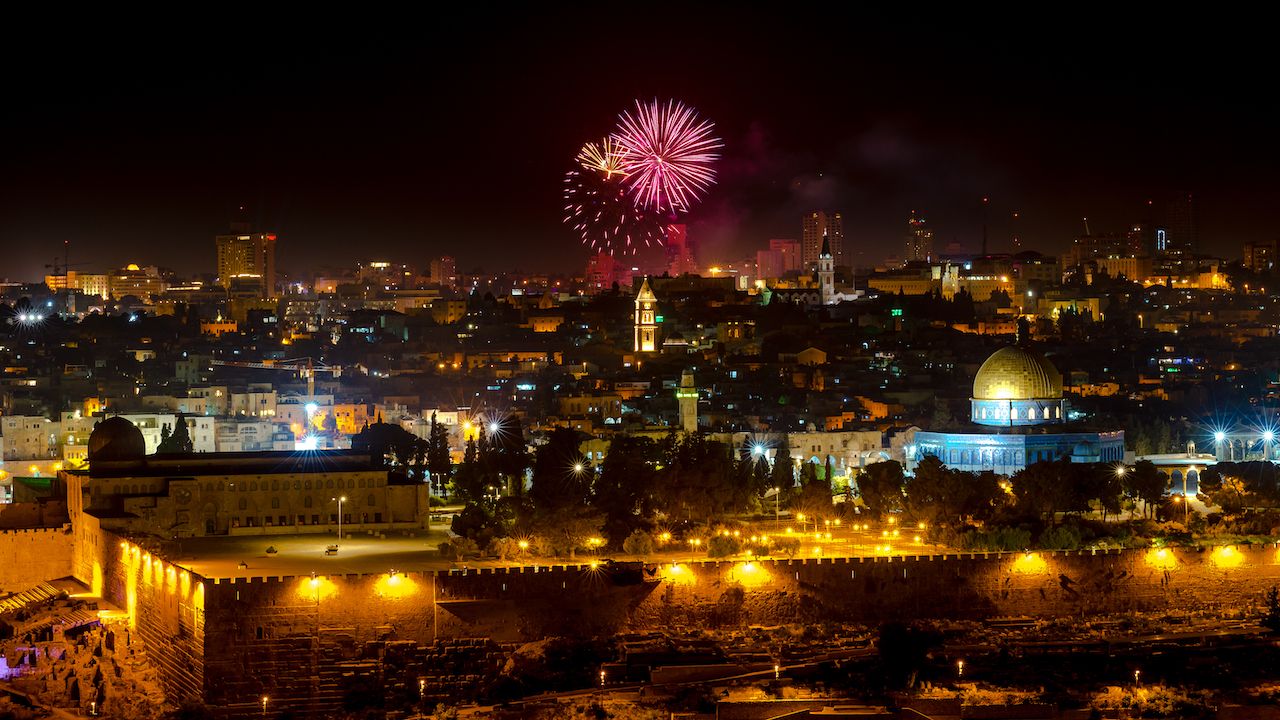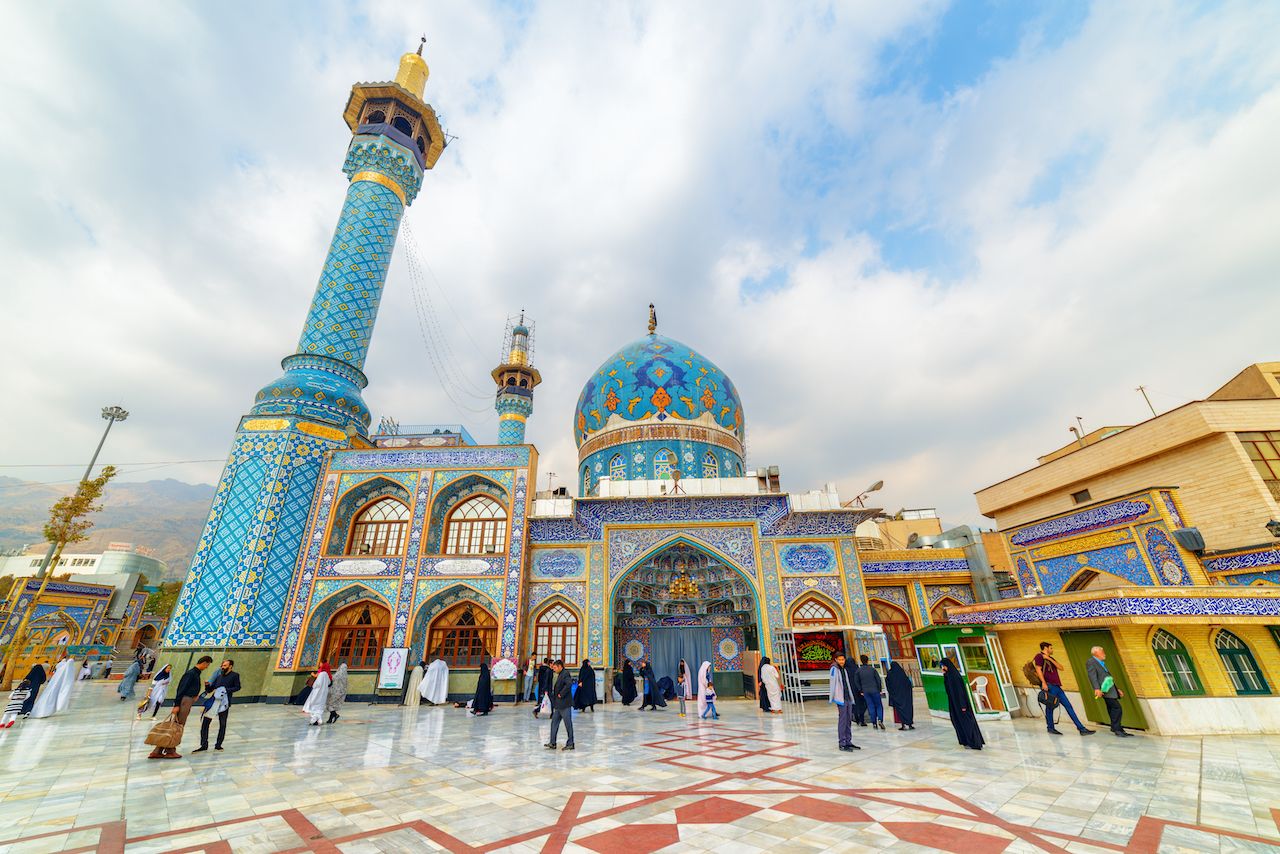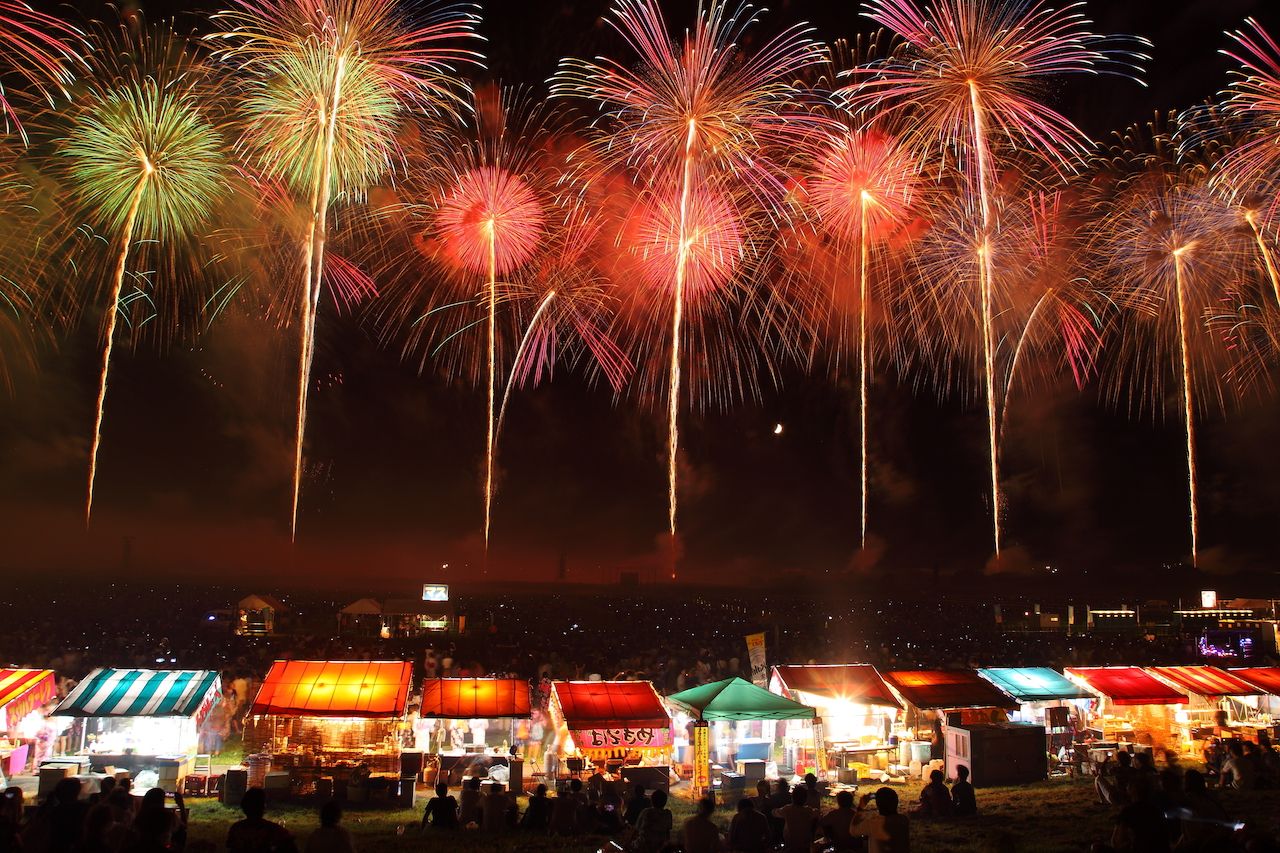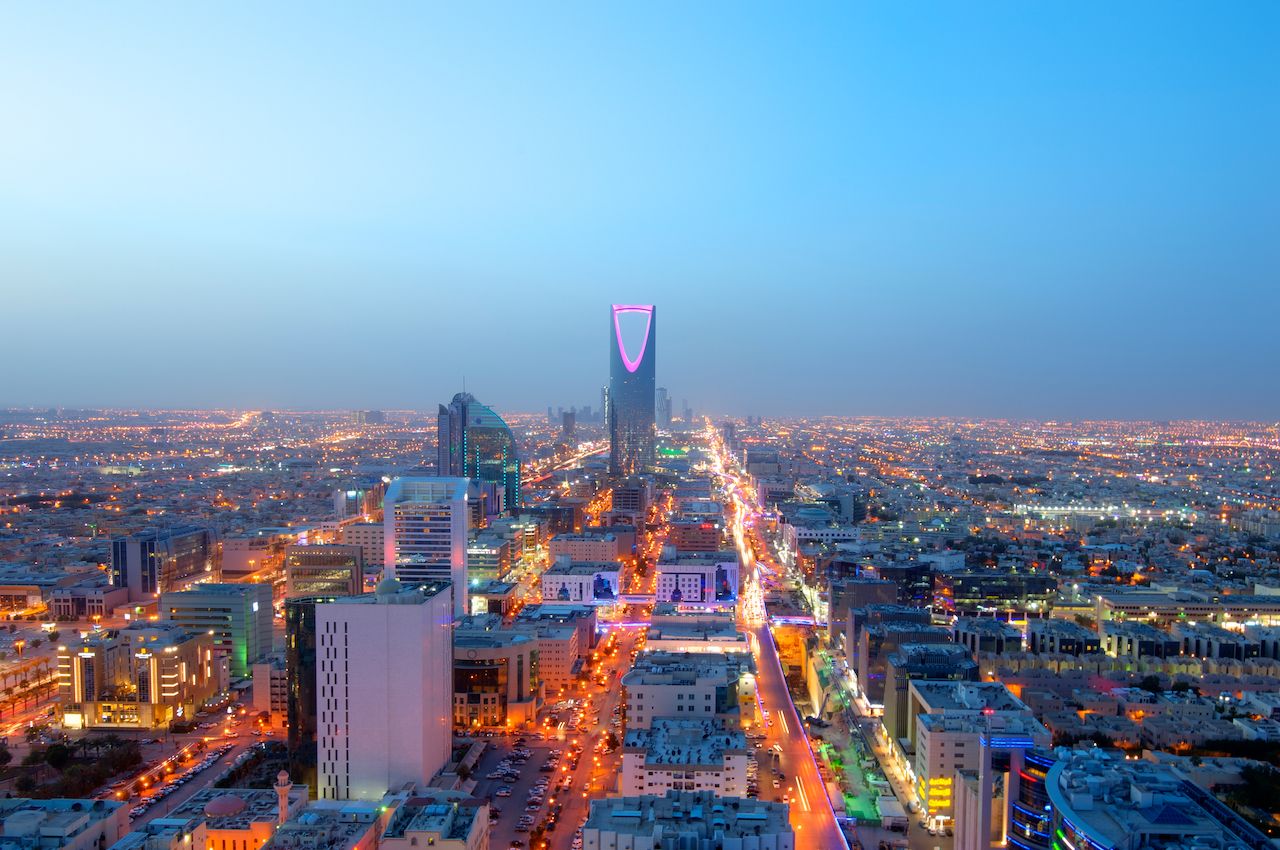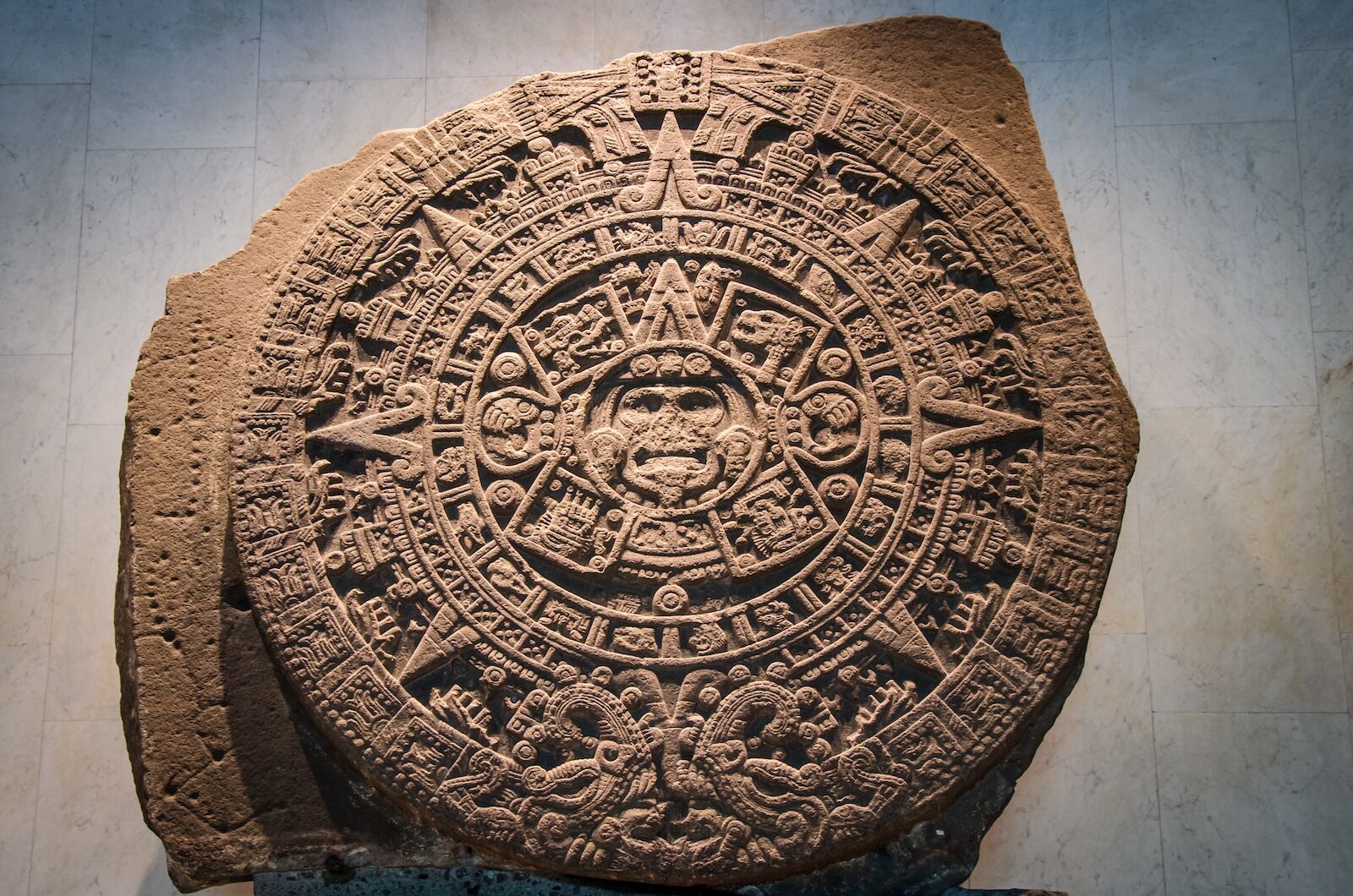For much of the Western world, the new year starts on the first minute of January 1 in the local time zone with fireworks, a ball drop, parties, or all of the above plus country-specific traditions that date back centuries. In a few places, people can even ring in the new year twice in one night.
This is true for people who follow the Gregorian calendar, which was introduced in 1582 by Pope Gregory XIII. Yet it’s not the new year for everyone, or even the same number year.
